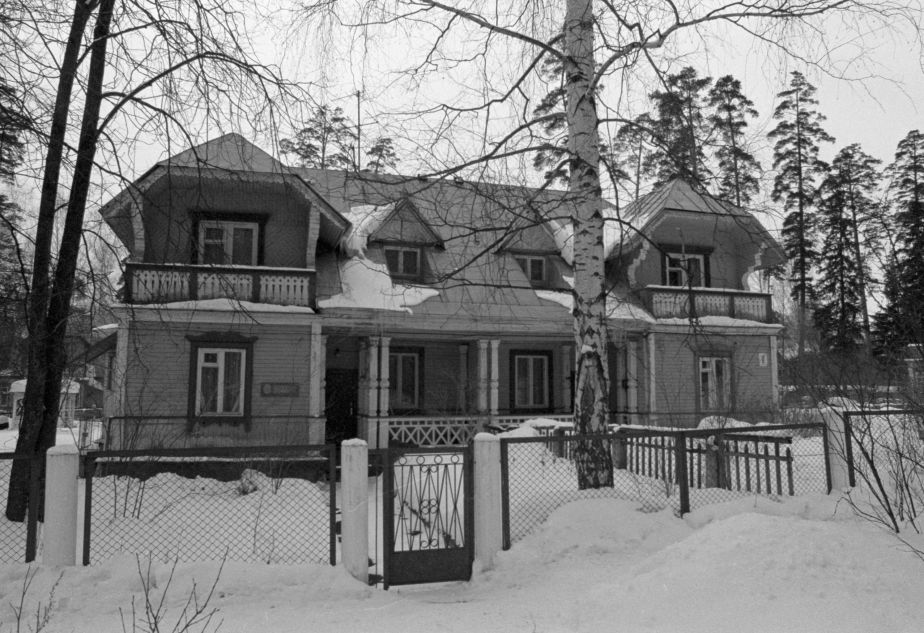On 9 April 1946, the Council of Ministers of the USSR issued a secret decree No. 805-327ss on the creation of Design Bureau No. 11 (KB-11) for the development of nuclear weapons at Laboratory No. 2 of the USSR Academy of Sciences (now the National Research Centre "Kurchatov Institute"). Soviet scientists were ordered to create a domestic atomic bomb in the shortest possible time. Defence plant No. 550 in the village of Sarov in the Mordovian Autonomous Soviet Socialist Republic (now the city of Sarov in the Nizhny Novgorod Region) became the technical base of Design Bureau No. 11.
Until 1927, the only landmark in this area was the Sarov Monastery, where the famous Russian saint Seraphim of Sarov lived. In 1954, the village acquired the status of a closed city (with a special access regime); its residents enjoyed excellent infrastructure, high-quality housing, and the salary level here was significantly higher than average Soviet salaries. The city was subsequently known as Kremlev, Arzamas-75, and Arzamas-16.
Igor Kurchatov, Yulii Khariton, Yakov Zeldovich, Andrei Sakharov, Nikolai Bogolyubov, Mikhail Lavrentyev, Igor Tamm, and other representatives of the Soviet scientific elite and international physicists worked in Sarov.
On 3 March 1949, the Council of Ministers of the USSR adopted Resolution No. 863-327 on the construction of the USSR’s first plant for the industrial production of atomic bombs in Sarov.
Source:
Soviet atomic project. The end of the nuclear monopoly. How It Was ... - 2nd Edition
























